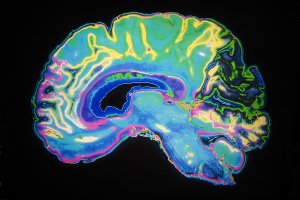What Is Medical Imaging?

There are many kinds of medical imaging used today, but what is medical imaging and how does it work?
Medical imaging is the field in which professionals take images of various parts of the body to use in diagnosing conditions and treating them.
Imaging procedures are non-invasive, allowing medical professionals to see issues without having to operate. They give doctors the ability to diagnose injuries and diseases without having to do unnecessary, intrusive procedures.
This helps doctors determine the right course of treatment for a patient without having to operate unnecessarily. It also means that patients who end up not needing surgery have not undergone an unnecessary serious procedure that could leave them in recovery.
X-rays, ultrasounds, endoscopies and MRI are all forms of medical imaging that work in different ways, allowing for a range of tests and images to be taken. However, other forms of imaging such as ultrasound are far safer and have little to no negative effects.
Some forms of imaging, such as X-ray and CT scanning, utilise radiation in order to create images. However, these are only used when necessary, as excessive exposure to radiation can cause additional health problems.
It also gives doctors a way to check how effective treatment is, giving them the ability to track and record the healing process of injuries and illnesses without having to use invasive methods.
Medical imaging has helped to revolutionise diagnostic and treatment procedures. Doctors can pinpoint problems more effectively, eliminating the need for guesswork and trial and error, allowing for more direct, effective treatment to take place.
Imaging also proves useful in keeping a record of patient injuries and illnesses as it can be stored for future reference and be used as a direct, visual example of previous ailments.
In need of medical imaging systems in the UK? Contact CIMAR today.